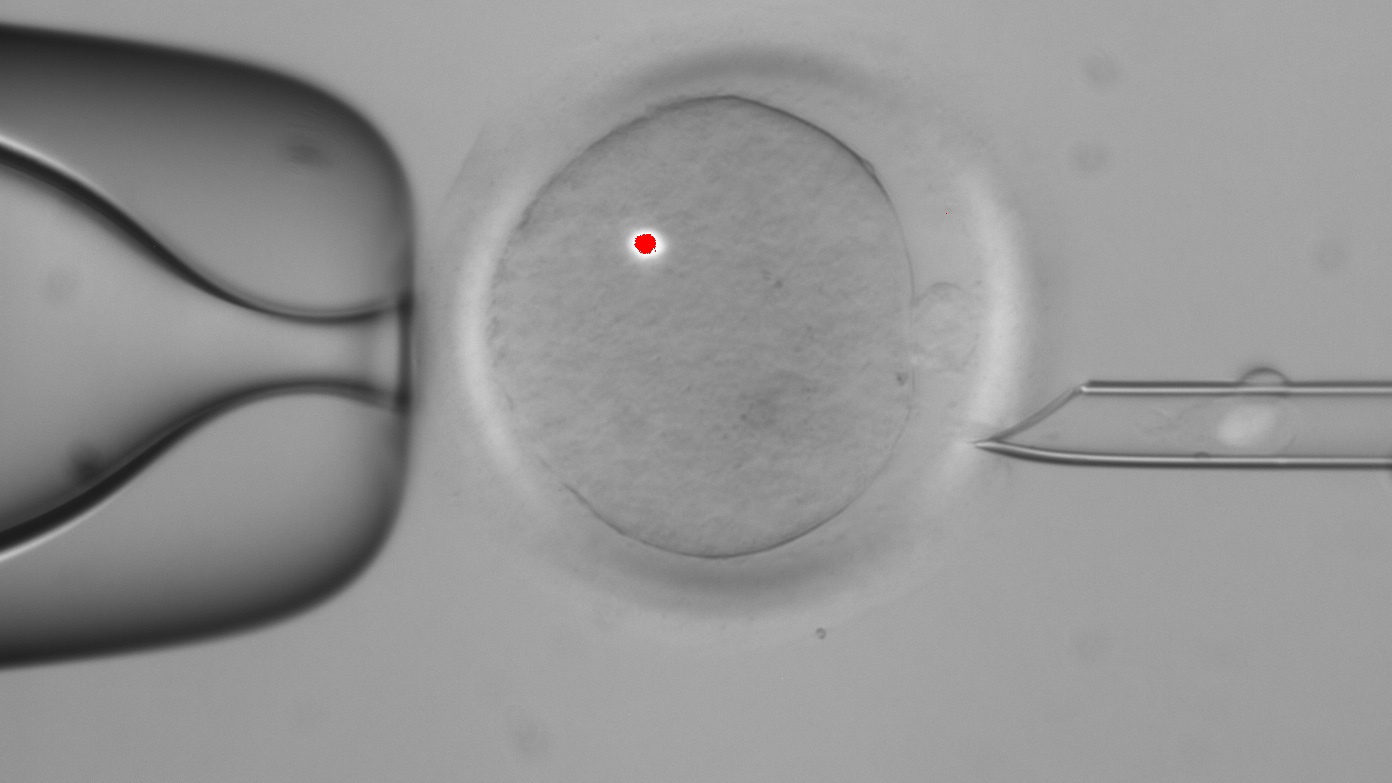NEW YORK — Scientists in Oregon have created embryos with genes from one man and two women, using a provocative technique that could someday be used to prevent babies from inheriting certain rare incurable diseases.
The researchers at Oregon Health & Science University said they are not using the embryos to produce children, and it is not clear when or even if this technique will be put to use. But it has already stirred a debate over its risks and ethics in Britain, where scientists did similar work a few years ago.
The British experiments, reported in 2008, led to headlines about the possibility someday of babies with three parents. But that’s an overstatement. The DNA from the second woman amounts to less than 1 percent of the embryo’s genes, and it isn’t the sort that makes a child look like Mom or Dad. The procedure is simply a way of replacing some defective genes that sabotage the normal workings of cells.
The British government is asking for public comment on the technology before it decides whether to allow its use in the future. One concern it cites is whether such DNA alteration could be an early step down a slippery slope toward “designer babies” — ordering up, say, a petite, blue-eyed girl or tall, dark-haired boy.
Questions have also arisen about the safety of the technique, not only for the baby who results from the egg, but also for the child’s descendants.
An expert panel in Britain said in 2011 that there was no evidence the technology was unsafe but urged further study.
Laurie Zoloth, a bioethicist at Northwestern University in Evanston, Ill., said safety problems might not show up for several generations. She said she hopes the United States will follow Britain’s lead in having a wide-ranging discussion of the technology.
While the kind of diseases it seeks to fight can be terrible, “this might not be the best way to address it,” Zoloth said.
Replacing DNA
Over the past few years, scientists have reported that such experiments produced healthy monkeys and that tests in human eggs showed encouraging results. The Oregon scientists reported Wednesday that they have produced about a dozen early human embryos and found the technique is highly effective in replacing DNA.
The genes they want to replace aren’t the kind most people think of, which are found in the nucleus of cells and influence traits such as eye color and height. Rather, these genes reside outside the nucleus in energy-producing structures called mitochondria. These genes are passed along only by mothers, not fathers.
About 1 in every 5,000 children inherits a disease caused by defective mitochondrial genes. The defects can cause many rare diseases with a host of symptoms, including strokes, epilepsy, dementia, blindness, deafness, kidney failure and heart disease.
The new technique, if approved someday for routine use, would allow a woman to give birth to a baby who inherits her nucleus DNA but not her mitochondrial DNA. Here’s how it would work:
Doctors would need unfertilized eggs from the patient and a healthy donor. They would remove the nucleus DNA from the donor eggs and replace it with nucleus DNA from the patient’s eggs. So, they would end up with eggs that have the prospective mother’s nucleus DNA, but the donor’s healthy mitochondrial DNA.



